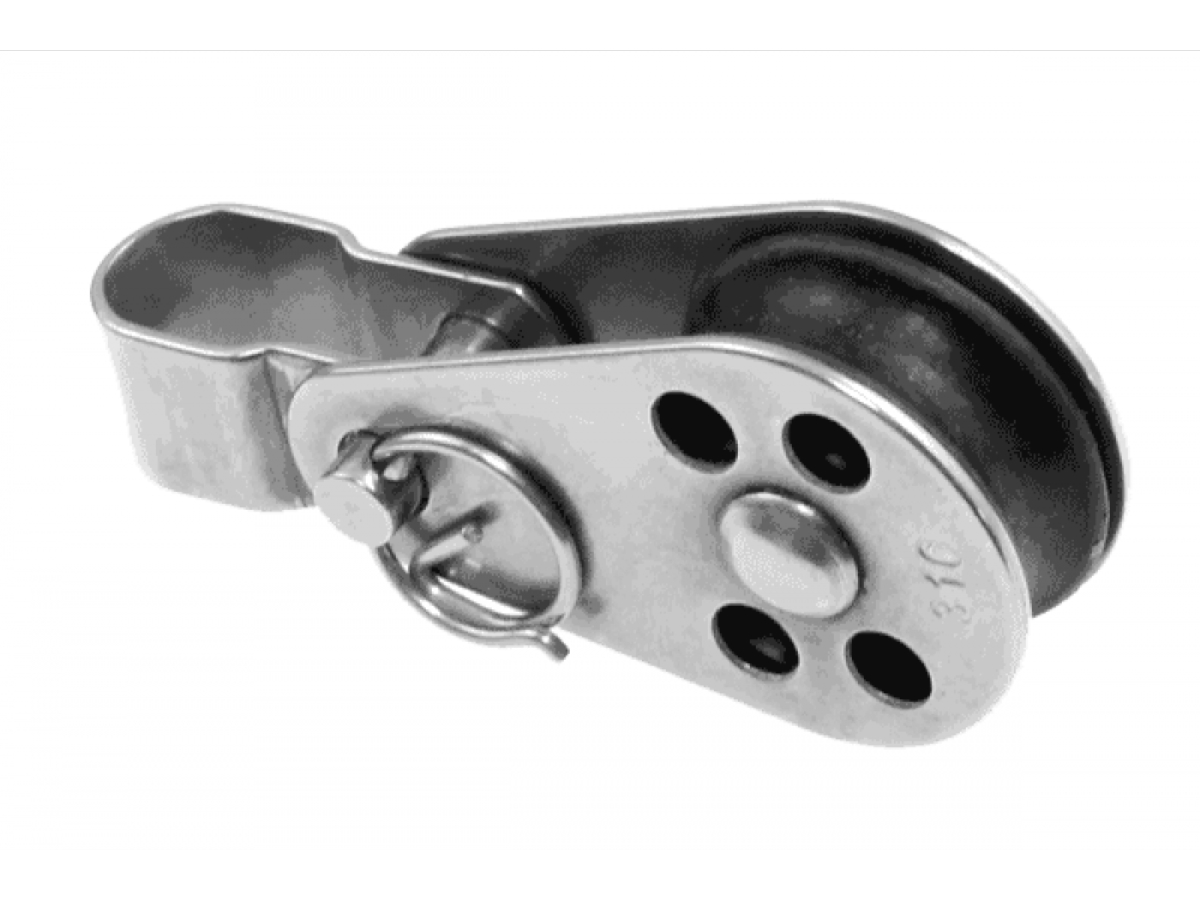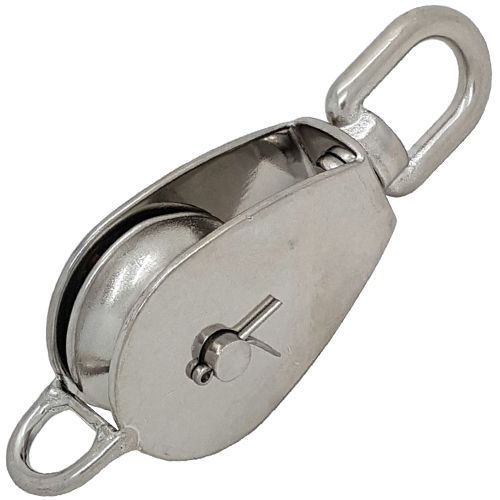Product Description
Synchronous Wheel Manufacturer Stainless Steel Timing Belt Pulleys For Packaging Industry
Advantages:
1. Good quality products
2. Competitive prices
3. Fast delivery
4. Best after-sale service
5. Brand: HeFa or OEM/ ODM
6.Normal torque drive timing pulley:MXL/XL/L/H
7.High torque drive gear type: S2M/ S3M/ S5M/ S8M/ HTD3M /HTD5M/ HTD8M/P2M/P3M/P5M/P8M
8.High precision position drive gear type:2GT/3GT/5GT/8YU
9.Light load drive gear type:T5/T10
10.Heavy load drive gear type:AT5/AT10
Product Parameters
| Product | Timing Belt Pulley & idler pulley |
| Teeth type | Normal Torque Drive Type:MXL,XL,L,H,XH,XXH High Torque Drive Type:S2M,S3M,S5M,S8M,HTD2M,HTD3M,HTD5M,HTD8M,P2M,P3M,P5M,P8M High Precision Position Drive Type:2GT,3GT,5GT,8YU Light Load Drive Type:T5,T10,T20 Heavy Load Drive Type:AT5,AT10,AT20 |
| Basic shape | Type A,Type B,Type D,Type E,Type F,Type K |
| surface treatment | Natural color anodizing,Black anodizing,Hard anodizing,Ni-plating,Blackening |
| Material | 6061(aluminum),S45C(45# steel),SUS304(Stainless steel) |
| Bore | Pilot bore, Taper bore and Customized bore. |
| testing equipment | projecting apparatus,salt spray test,durometer,and coating thickness tester,2D projector |
| producing equipment | CNC machine,automatic lathe machine,stamping machine,CNC milling machine,rolling machine,lasering,tag grinding machine etc. |
| Machining Process | Gear Hobbing, Gear Milling, Gear Shaping, Gear Broaching,Gear Shaving, Gear Grinding and Gear Lapping |
| Application industry | Robot industry,Medical industry,Making machine industry,Automation industry,3C industry equipment,Packaging industry,UAV industry,New energy industry. |
Company Profile
Packaging & Shipping
| lead time | 10-15 working days as usual,30days in busy season,it will based on the detailed order quantity |
| Delivery of samples | by DHL,Fedex,UPS,TNT,EMS |
FAQ
| Main markets | North America, South America,Eastern Europe,Weat Europe,North Europe.South Europe,Asia |
| How to order | *You send us drawing or sample |
| *We carry through project assessment | |
| *We give you our design for your confirmation | |
| *We make the sample and send it to you after you confirmed our design | |
| *You confirm the sample then place an order and pay us 30% deposit | |
| *We start producing | |
| *When the goods is done,you pay us the balance after you confirmed pictures or tracking numbers | |
| *Trade is done,thank you!! |
| Certification: | CE, ISO |
|---|---|
| Pulley Sizes: | Type A |
| Manufacturing Process: | Casting |
| Material: | Stainless Steel |
| Surface Treatment: | Baking Paint |
| Application: | Chemical Industry, Grain Transport, Mining Transport, New Energy Industry |
| Samples: |
US$ 10/Piece
1 Piece(Min.Order) | |
|---|
| Customization: |
Available
| Customized Request |
|---|

Can stainless pulleys be retrofitted into existing systems for performance enhancements?
Yes, stainless pulleys can be retrofitted into existing systems to achieve performance enhancements. Here’s how:
- Compatibility Assessment: Evaluate the compatibility of stainless pulleys with the existing system. Consider factors such as pulley size, shaft diameter, groove dimensions, and belt or rope type. Ensure that the stainless pulleys can be seamlessly integrated into the system without compromising its overall functionality.
- Performance Analysis: Identify the performance goals or areas of improvement in the existing system. This could include increasing power transmission efficiency, reducing friction or wear, enhancing corrosion resistance, or meeting specific industry requirements. Determine how stainless pulleys can address these performance objectives.
- Proper Sizing and Design: Select the appropriate stainless pulleys based on the system’s requirements and performance goals. Consider factors such as pulley size, groove shape, and materials. Ensure that the new pulleys are properly sized and designed to optimize the system’s performance.
- Installation and Alignment: Follow proper installation procedures when retrofitting stainless pulleys. Ensure that the pulleys are aligned correctly with other system components such as belts, ropes, or shafts. Proper alignment minimizes misalignment-related issues, reduces wear, and maximizes power transmission efficiency.
- Maintenance Considerations: Evaluate any changes in maintenance requirements after retrofitting stainless pulleys. Stainless pulleys may have different maintenance needs compared to the previous pulleys. Ensure that maintenance schedules and procedures are adjusted accordingly to maximize the benefits of the new pulleys.
- System Testing and Validation: After retrofitting the stainless pulleys, conduct thorough testing and validation to ensure that the performance enhancements are achieved. Monitor factors such as power transmission efficiency, system vibration, noise levels, and overall system functionality. Make any necessary adjustments or fine-tuning to optimize the system’s performance.
- Expert Consultation: If needed, consult with pulley manufacturers, engineers, or industry experts during the retrofitting process. They can provide valuable guidance and expertise in selecting the right stainless pulleys, ensuring compatibility, and optimizing the system’s performance.
By carefully assessing compatibility, identifying performance goals, selecting the appropriate stainless pulleys, ensuring proper installation and alignment, considering maintenance adjustments, conducting thorough testing, and seeking expert advice when necessary, existing systems can be retrofitted with stainless pulleys to achieve performance enhancements.

What role do stainless pulleys play in ensuring clean and hygienic operations in certain industries?
Stainless pulleys play a crucial role in ensuring clean and hygienic operations in certain industries. Here’s how they contribute to maintaining cleanliness and hygiene:
- Material Composition: Stainless pulleys are typically made from stainless steel, a material known for its hygienic properties. Stainless steel is non-porous, resistant to bacteria, and easy to clean, making it suitable for industries where cleanliness is paramount.
- Smooth and Seamless Surfaces: Stainless pulleys are designed with smooth and seamless surfaces, reducing the potential for dirt, debris, or contaminants to accumulate. The absence of crevices or rough surfaces makes it easier to clean the pulleys thoroughly, ensuring that no bacteria or other contaminants are left behind.
- Resistance to Corrosion: Stainless steel is highly resistant to corrosion, which is essential for industries that require frequent cleaning or exposure to cleaning agents and disinfectants. The corrosion-resistant nature of stainless pulleys ensures that they can withstand regular cleaning processes without degradation or compromising their hygienic properties.
- No Risk of Contamination: Stainless pulleys do not shed particles, rust, or corrode, ensuring that they do not contaminate the surrounding environment or the products being handled. This is particularly important in industries such as food processing, pharmaceuticals, or cleanrooms, where even the slightest contamination can have serious consequences.
- Compliance with Regulations: Industries such as food and beverage, pharmaceuticals, and healthcare are subject to stringent regulations and standards regarding cleanliness and hygiene. Stainless pulleys help these industries meet regulatory requirements by providing a hygienic material choice that can be easily cleaned, sanitized, and maintained.
- Longevity and Reliability: Stainless pulleys offer excellent durability and longevity, reducing the need for frequent replacements. This ensures that the pulleys can maintain their hygienic properties over an extended period, contributing to the overall cleanliness and hygiene of the operations.
In summary, stainless pulleys play a vital role in ensuring clean and hygienic operations in industries that require strict cleanliness standards. Their material composition, smooth surfaces, resistance to corrosion, non-contaminating nature, compliance with regulations, and longevity contribute to maintaining a hygienic environment and preventing contamination in industries such as food processing, pharmaceuticals, healthcare, and others.

What types of materials are typically used for the sheaves or wheels of stainless pulleys?
The sheaves or wheels of stainless pulleys are typically made from various materials to meet specific performance requirements. Here are some common materials used for the sheaves or wheels of stainless pulleys:
- Stainless Steel: Stainless steel sheaves or wheels are commonly used in stainless pulleys to ensure compatibility and consistency in terms of corrosion resistance and durability. Stainless steel sheaves can be made from the same stainless steel grade as the pulley body, providing a cohesive and robust construction.
- Nylon: Nylon is a popular choice for sheaves or wheels in stainless pulleys due to its excellent wear resistance, low friction coefficient, and self-lubricating properties. Nylon sheaves are lightweight, durable, and suitable for applications that require quiet and smooth operation.
- Acetal: Acetal, also known as polyoxymethylene (POM), is another material used for sheaves or wheels in stainless pulleys. Acetal sheaves offer good mechanical strength, wear resistance, and low friction characteristics. They are often chosen for applications that involve high speeds or where chemical resistance is required.
- UHMW (Ultra-High Molecular Weight Polyethylene): UHMW is a high-performance plastic known for its exceptional impact strength, abrasion resistance, and self-lubricating properties. UHMW sheaves or wheels are suitable for heavy-duty applications where resistance to wear, impact, and noise reduction are important.
- Cast Iron: In certain industrial applications, particularly those involving heavy loads and high stress, cast iron sheaves or wheels may be used in stainless pulleys. Cast iron provides excellent strength and durability, making it suitable for demanding applications such as mining or construction.
- Aluminum: Aluminum sheaves or wheels are lightweight and offer good corrosion resistance. They are commonly used in stainless pulleys where weight reduction is desired without compromising strength and performance.
The selection of the sheave or wheel material depends on factors such as the specific application requirements, load capacity, environmental conditions, and desired performance characteristics. By choosing the appropriate material, stainless pulleys can achieve optimal functionality, durability, and efficiency in their respective applications.


editor by CX
2023-10-16